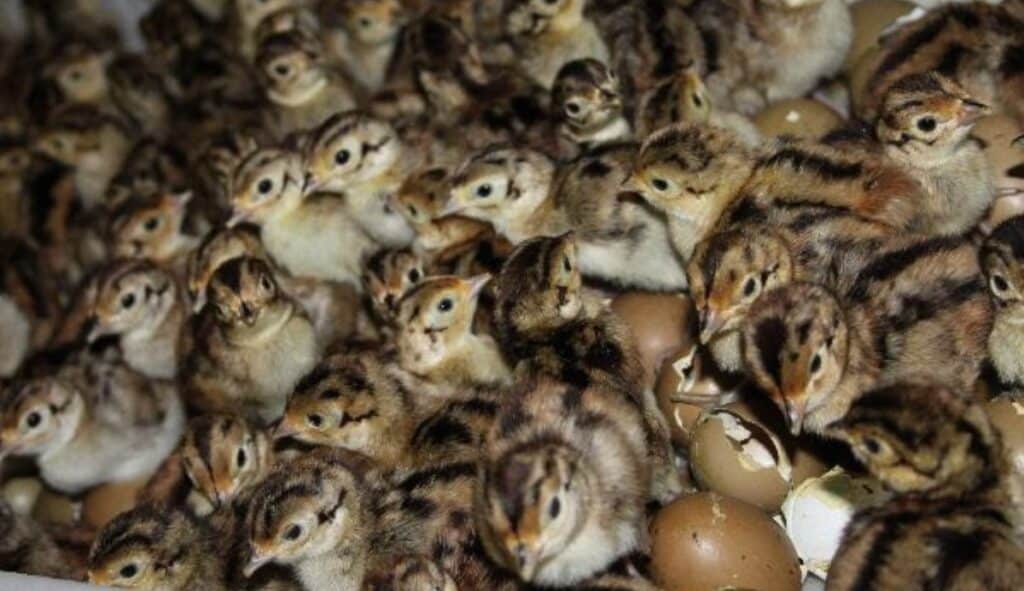“To help limit the catastrophic spread of Avian Influenza, the RSPB is calling for an immediate moratorium on the release of captive-bred gamebirds and Mallards for shooting in the UK this year. The call is for the UK and devolved governments and the shooting industry to take a precautionary approach to limit the spread of avian influenza in wild birds and reduce the risk of viral re-assortment leading to new strains of the disease.”
That’s a direct quote (which is why we have retained the loaded and archaic word ‘gamebird’) from a blog written by Claire Smith, the RSPB’s Senior Policy Officer – Avian Influenza and posted on the RSPB website this week.
The call to adopt a precautionary approach to Highly Pathogenic Avian Flu (or HPA1) is welcome and essentially the same as our own, which we outlined at the beginning of May (“The question now has to be, could the intensive shooting industry now become as important a vector in maintaining and spreading HPA1 here? It would at the very least be sensible to take every precaution”). It’s also good to see the adoption of the term ‘shooting industry’ – for many years ‘neutral’ organisations typically spoke about the ‘shooting community’ and individual shooters, but the enormous scale of the ‘industry’ certainly makes that sort of thinking redundant.
After all, according to the shooting industry itself, every year over 40 million Pheasants and Red-legged Partridges and 2.6 million Mallard ducks are reared in captivity and then released into an already-stressed and resource-depleted UK countryside to be sold as live targets to hobbyists to kill.
Many of these birds will have been imported from Europe where Avian Flu has been spreading through production facilities. Others are reared in intensive facilities across the UK like Bettws Hall Game Farm, near Bettws Cedewain, which describes itself as ‘a market leader in the production of pheasant and partridge chicks and poults‘, and which was locked down by the Welsh government three weeks ago following an Avian Flu outbreak.
Defra’s statistics on HPAI in wild birds show 70 positive tests in Pheasants in 2022 from August to December, with a peak occurring in October (at the start of the shooting season when the countryside has been flooded with released birds). These positive tests have occurred mostly in England, with nine positive tests in Wales and four in Scotland. In Northern Ireland, there have also been at least two positive tests in pheasants which are not included in Defra’s data.

Avian Flu has already been ripping through wild birds in what has been described as the worse outbreak in history. This week the British Trust for Ornithology warned of a “Wave of avian influenza hitting Black-headed Gulls“, killing large numbers of gulls at inland and coastal breeding colonies across central and northern England (sea bird colonies have been especially badly hit because birds often nest close together in small areas).
Recently The Guardian revealed that studies of data from devolved governments and nature organisations show that at least 50,000 wild birds had died of Avian Flu between October 2021 until the start of April 2023. They commented that this number is “still likely to be a gross underestimate as there is no national monitoring and most carcasses are never found and not counted“.
Just yesterday it was reported that two poultry workers had contracted Avian Flu (mirroring the pattern of infections in poultry workers in Asia where the disease first took hold), and Devi Sridhar, chair of global public health at the University of Edinburgh, warned that “Bird flu could become the next human pandemic” but that politicians (and this is especially applicable to those working at Defra) “aren’t listening”.
Yet, nonsensically, following the lifting of the housing order in England and Wales (which required poultry to be kept inside) the industry is once again permitted to release birds across the country (with the exception of any temporary 3km and 10km disease control zones put in place following an outbreak in captive birds).
Shooters themselves constantly fret that issues like ongoing raptor persecution, the widespread use of snares and cage traps, and intransigence on lead shot put ‘their sport’ at risk. Those will seem like minor bumps on the road towards an inevitable full ban if their industry’s recklessness and selfishness leads to the decimation of wild bird populations and helps to spread what might potentially be the next human pandemic.
- Claire Smith’s full blog is at RSPB calls for moratorium on gamebird releases as Avian Influenza outbreak continues


